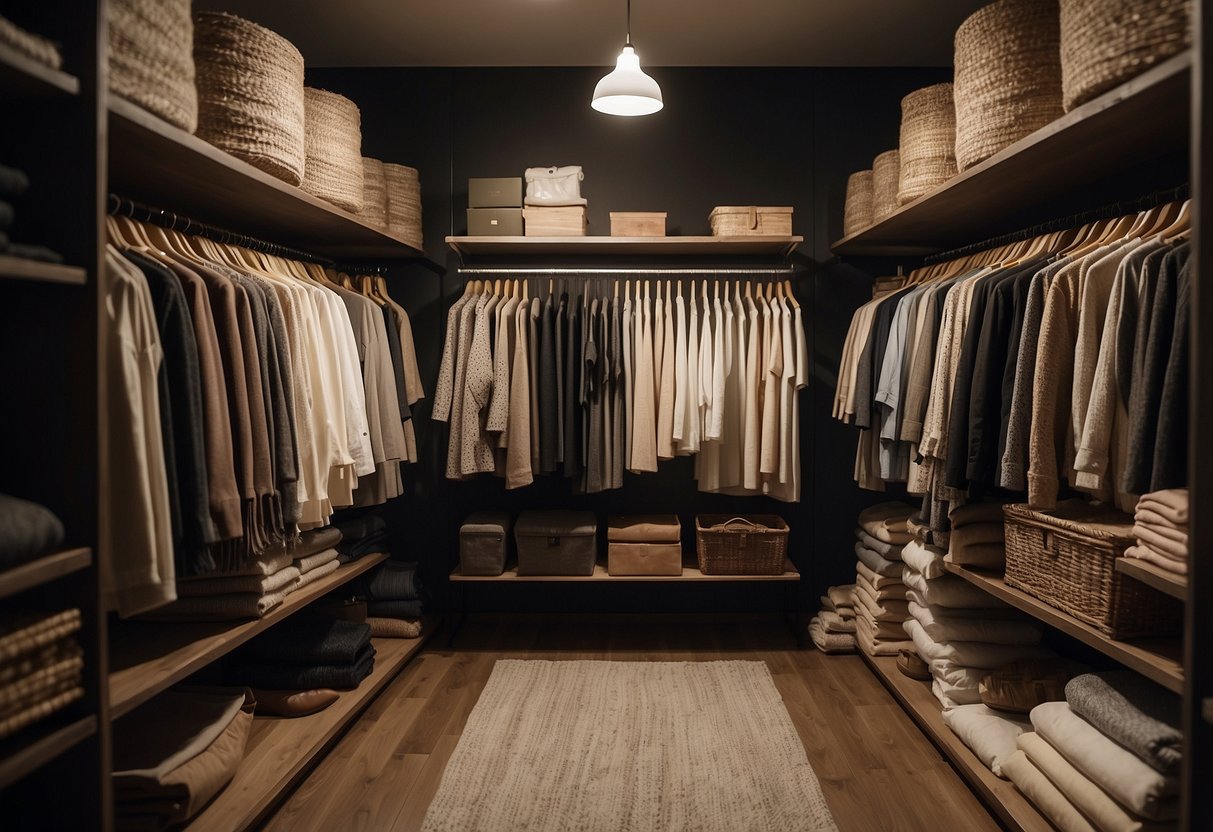
Tips for Assessing Current Wardrobe and Gaps
Assessing the current wardrobe is essential to identify what pieces are already available and what gaps need to be filled. Start by removing all items from the closet and evaluating each piece. Consider the frequency of wear, the condition of the item, and whether it aligns with personal style and sustainability goals.
Create three categories: keep, donate, and recycle. Items that are still in good condition but no longer needed can be donated, while worn-out items can be recycled responsibly. This process helps in understanding what pieces are missing to complete a versatile wardrobe foundation.
Identify gaps by noting recurring themes or frequent needs that are not being met by the existing wardrobe. Prioritize purchasing high-quality items to fill these gaps, always with a focus on sustainability. This approach minimizes impulse buying and promotes mindful consumption, contributing to a more eco-friendly wardrobe.
Sustainable Fashion Brands and Certifications

Identifying sustainable fashion brands and understanding their certifications can help make informed decisions about eco-friendly wardrobe choices.
Discovering Brands Committed to Sustainability
Brands like Patagonia and Everlane have built reputations as leaders in sustainable fashion. Patagonia is known for its commitment to environmental activism, using recycled materials and ensuring fair labor practices. Everlane emphasizes transparency in its production process, showcasing actual factory conditions and costs. Ethical brands often prioritize sustainable materials and ethical labor practices to minimize their environmental impact.
Customers can also look for smaller, local brands that prioritize sustainability. These brands may produce smaller batches of clothing to reduce waste. Researching a brand’s practices, materials, and values can provide insight into their commitment to sustainability. By supporting these brands, consumers contribute to a more sustainable fashion industry.
Understanding Certifications and Their Meaning
Certifications play a critical role in verifying the sustainability and ethical practices of fashion brands. The Global Organic Textile Standard (GOTS) ensures that textiles meet organic standards from harvesting to manufacturing. This certification guarantees that no harmful chemicals were used in the production process.
Fair Trade certification focuses on fair labor practices, ensuring that workers are paid fair wages and work in safe conditions. This also ensures that the production processes are environmentally sustainable.
These certifications provide consumers with confidence that the brands they support adhere to strict environmental and ethical standards. Checking for these certifications when shopping can help ensure that the wardrobe choices align with personal values of sustainability and ethical responsibility.
The Role of Care and Repair
Proper care and timely repairs can significantly extend the life of clothing, reducing waste and promoting sustainability. Knowing how to maintain and repair your wardrobe is key to making more mindful and lasting fashion choices.
Maintaining Your Pieces for Extended Life
Care instructions are crucial for prolonging the life of your clothing. Many garments come with specific care labels that detail washing, drying, and ironing guidelines. Following these instructions can prevent damage.
Using gentle detergents and washing clothes in cold water helps maintain fabric integrity. Line drying instead of using a tumble dryer reduces wear and tear. These small steps contribute to the longevity of your clothes.
Proper storage also plays a significant role. Keeping clothes in a cool, dry place and using breathable garment bags for delicate items can prevent mildew and fabric damage. By taking these steps, you can ensure your wardrobe pieces remain in good condition longer.



